Each month, we publish a list of new hardware releases. This month, a few SAM D21 boards headline the roundup. Check out the Hunter Cat NFC, the Minima for which schematics and files can be found on Github, a pocket-sized debugger, a solar charge controller featuring an ATtiny85 and more.
A few SAM D21 boards headline this month’s list of new hardware releases.
Hunter Cat NFC
Want to find hidden contactless readers in the wild? Then the Hunter Cat NFC is just the tool for you! The brainchild of Electronic Cats and security researcher Salvador, the beautiful-looking board features a SAM D21 MCU and a PN7150 controller, and comes preloaded with default firmware for detecting nearby readers that may compromise card data. There are three other operating modes as well – card emulation mode allows the Hunter Cat NFC to behave like a smartcard or tag, read/write mode, and peer-to-peer mode that establishes a two-way communication channel between a pair of NFC-enabled devices. Those wishing to pick one up can do so now on the Electronic Cats store for $90.

Neo Trinkey
What do you get when you combine a USB key with a Trinket? A Neo Trinkey, that’s what! Adafruit’s newly-announced board packs a Trinket M0 (SAM D21) heart with four RGB NeoPixels for a customizable glow and a pair of capacitive touch pads. The Neo Trinkey can be plugged into any USB-A port on a computer or laptop and used in Arduino or CircuitPython as a USB serial console, MIDI, keyboard/mouse HID, or even a little disk drive for storing Python scripts. Get yours on the Adafruit store for the low price of only $6.95!
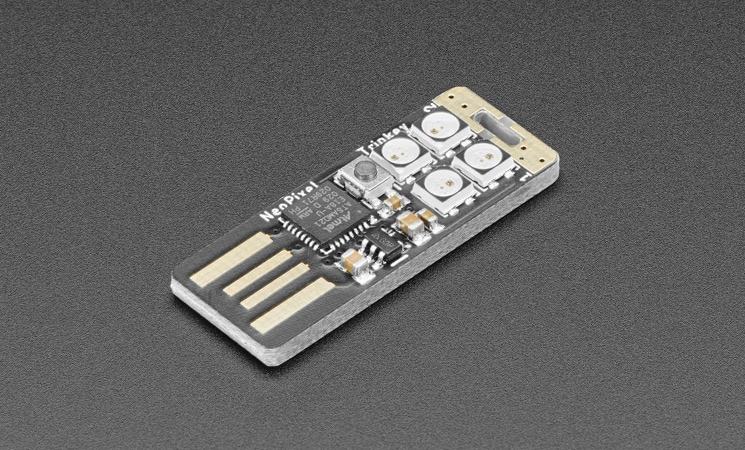
Minima
We’ve seen several small SAM D21 modules emerge over the years, like the Exen and Seeeduino XIAO with the latter being the tiniest of them all at just 23.5 x 17.5mm. In an effort to push the limits even further, Hamish Morley has created an Arduino-compatible module in a surface-mount format that measures a mere 19.8 x 16.6 mm. The Minima is equipped with a 3.3V 150mA voltage regulator, an ESD suppressor, a pair of onboard LEDs, reverse voltage protection, and 18 GPIO pins – five of which are analog capable – including SPI, I²C and UART interfaces, as well as PWM and hardware interrupts. Although the campaign has come to a close, schematics and files for the Minima can be found on GitHub.

Pocket Debugger
Sometimes you need to quickly check the state of your device and having to use a computer for that can be a bit bothersome. However, a pocket-sized debugger that can monitor and display the serial data stream is the perfect solution for that. Zalmotek’s design employs an ILI93441 2.2” TFT screen and an ATmega328P, plus a rotary encoder with a push button that can be used to switch between different baud rates, scroll through the text, or pause/resume auto-scrolling. The current iteration is only 5V tolerant, though in the future they plan to add a switch to shift between the 5V and 3.3V logic levels.
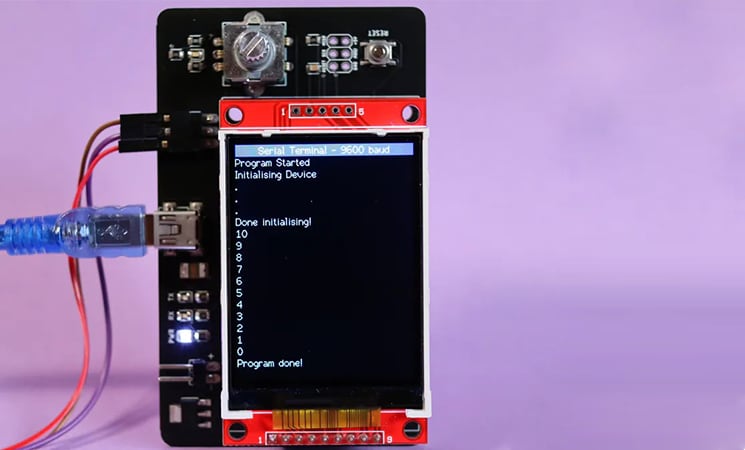
PWM85
Adam Welch built a simple pulse width modulation solar charge controller based on Julian Illet's PWM5, swapping out the original PIC12F683 for an ATtiny85. The device can connect up to 100 watts of solar (36 cell panels) and will charge lead acid and LiFePO4 cells up to 13.5 volts. However, the code is open source and an ISP header means the regulation voltage can be easily adjusted to suit your needs. The PWM85 is selling on Tindie for $20.

Teknic ClearCore
Driven by a SAM E53 MCU, Teknic’s industrial-focused IO and motion controller crams some impressive capabilities in a small package. Each ClearCore is capable of handling up to four axes of high-speed step and direction motion, offers 13 software-configurable I/O, and is compatible with 24V actuators and sensors. There’s also an extensive C++ library, which includes a documented selection of example projects for Atmel Studio 7. With the optional Atmel-ICE debug tool, you can take advantage of sophisticated debug techniques like single-stepping through code and setting complex breakpoints. The ClearCore can be utilized solo to control smaller systems, or networked as distributed nodes in larger applications. More information on the ClearCore is available on its product page.
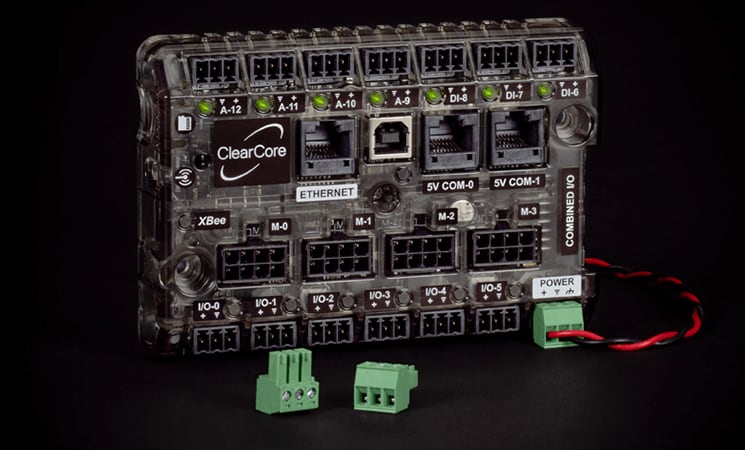
USB RTC for Raspberry Pi
SB Components recently took to Kickstarter to launch a small USB real-time clock that plugs into a Raspberry Pi for accurate timekeeping. The USB RTC is outfitted with a DS3231 with an MCP2221 USB-to-UART/I2C serial converter, an integrated TCXO, a temperature sensor, and an automated backup power supply.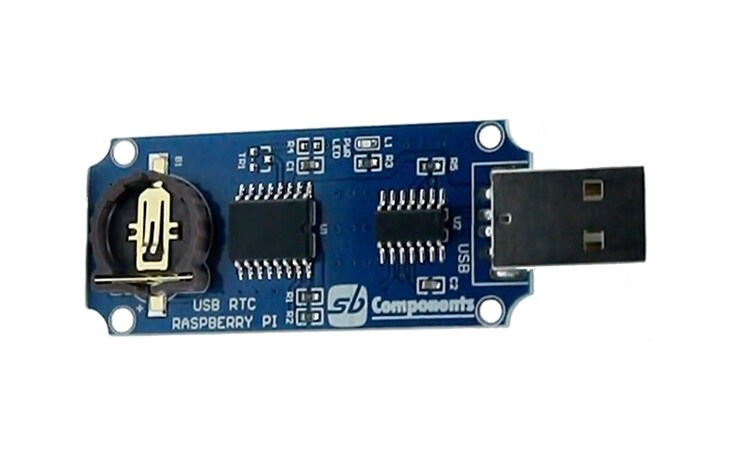 MCP39F521 Breakout
MCP39F521 Breakout
Tisham Dhar has made a breadboard-friendly breakout board for the MCP39F521 energy monitoring IC. This no-frills PCB provides a cost-effective development tool for firmware engineers looking to get started with integrating the ASIC on their end devices.
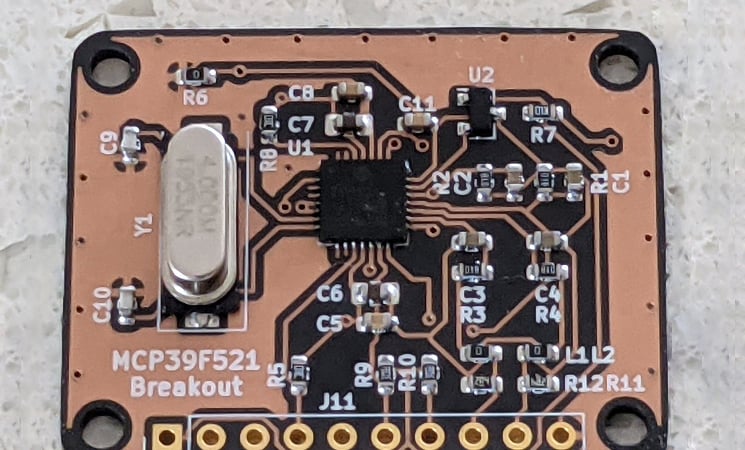
Pill PIC18F24J10 Dev Board
SudoMaker shared a low-cost and minimalistic alternative to many common dev boards, based around the PIC18F24J10. The $5 design is comprised of an onboard 8MHz crystal, 16K flash and 1K SRAM, a programable LED, a hardware UART and SPI/I2C, and support for 10-way ADC and two-way PWM. With its compact form factor, the Pill PIC18F224J10 can be integrated into existing projects.

TinyCharger
Stefan Wagner makes the list yet again! As its name suggests, his TinyCharger is an ATtiny25/45/85-controlled, Arduino-compatible single-cell Li-ion battery charger with a selectable charging current limit (100mA - 1000mA) and a 128x64 OLED display for monitoring. More details are up on Wagner’s GitHub page.
Larson Scanner 2021
Named after Gary Larson, the producer of Knight Rider and Battlestar Galactica, the Larson scanner is the iconic red oscillating eye of KITT and the Cylons. Succesfully funded on GroupGets, Burgduino’s new and improved Larson Scanner 2021 consists of an ATtiny3216, a microphone, a temperature sensor, an ambient light sensor, and most importantly, 16 RGB addressable that can be programmed with various patterns and functions. VU meter? Thermometer? Night light? The possibilities are endless! Follow Burgduino on Twitter for further updates.
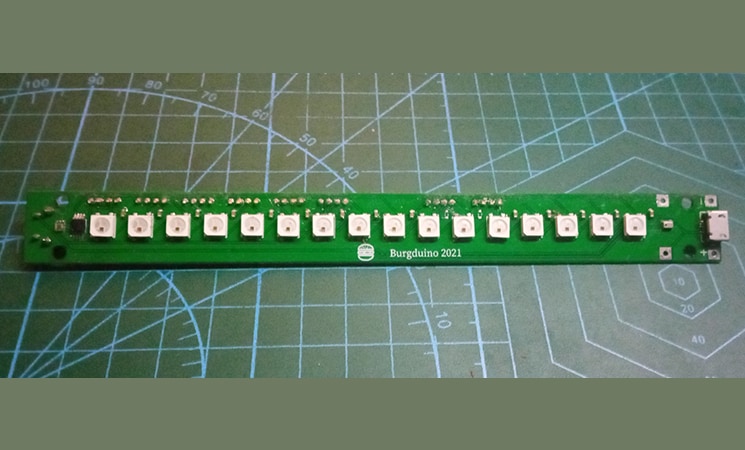
And finally, we have another SPECtacular build from the inventor of the Arduboy. Although not quite a board, it still deserved some recognition!
Arduglasses
Kevin Bates has devised a pair of ATmega32U4-powered smart glasses made out of transparent OLED lenses and a PCB frame. The electronics driving the two displays are located entirely on the right temple along with a 100mAh rechargeable battery that’ll keep things running for about an hour. Compatible with Arduboy games, the Arduglasses sport a small joystick and a button to give you all the input capability.

Stay ahead with the latest hardware trends. Explore how makers are applying these innovations in real-world projects at Microchip Makes page.

